
Combined Sewer System Diagram by Surfers against Sewage Flickr
Septic systems efficiently treat and dispose of sewage and graywater, making them an integral part of many homes. However, not all septic systems are created equal. In fact, there are three primary types of septic systems, each with its own characteristics and suitability for different environments.
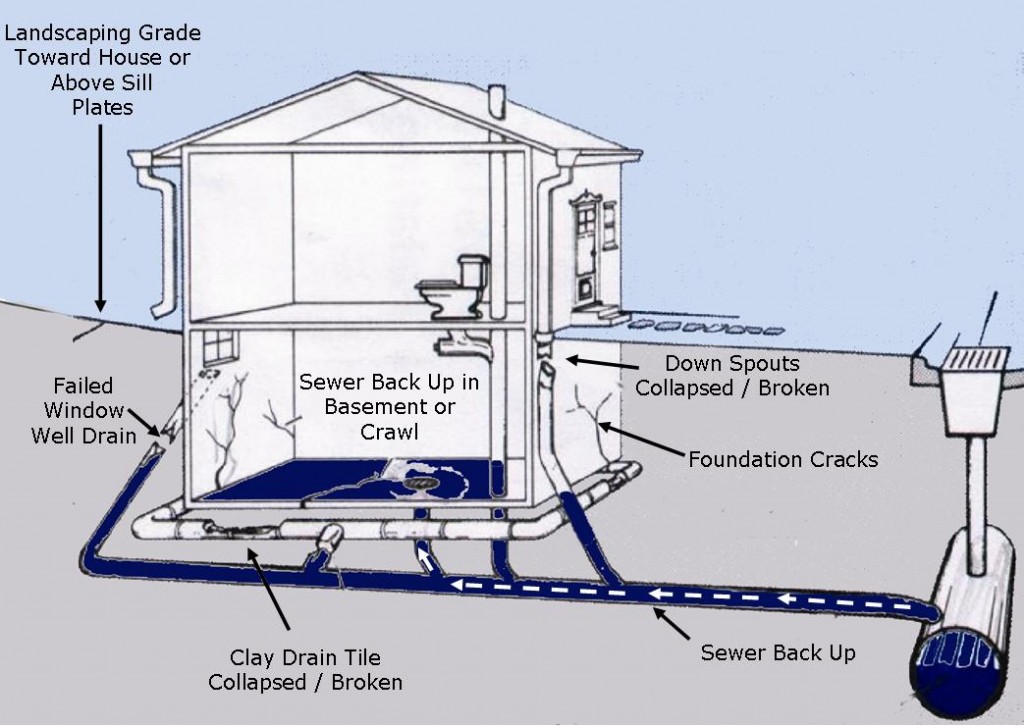
How to Troubleshoot Sewer Line Problems Pipe Spy
A conventional decentralized wastewater treatment system consists of a septic tank and a trench or bed subsurface wastewater infiltration system, known as a drainfield. A conventional septic system is typically installed at a single-family home or small business. The gravel/stone drainfield is a design that has existed for decades.
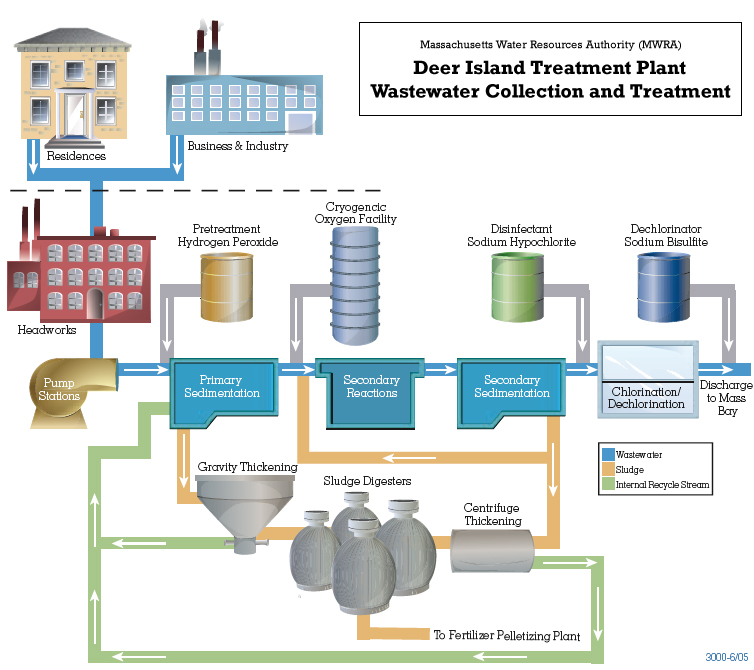
MWRA How the Sewer System Works
The whole home sewer system is made up of multiple parts coming together to form on complete system (See diagram below). When buying a home this can all get overwhelming. When broken down however, it is basically four parts: Internal plumbing: All of the plumbing drainage from inside the home i.e. sinks, toilets, tubs.
How the Sewer Works DMMWRA, IA
2. Sanitary house sewer line A sanitary sewer, as its name implies, solely takes the flow of sanitary water. That is water used inside your home from toilets, sinks, showers, etc. All of this water gets treated by a public sewer treatment plant, or by a private septic system. 3. Storm sewer line

Sewer Lines in Houston
House Drain System: Parts and Diagram. Lee has over two decades of hands-on experience remodeling, fixing, and improving homes, and has been providing home improvement advice for over 13 years. Richard Epstein is a licensed master plumber with over 40 years experience in residential and commercial plumbing.
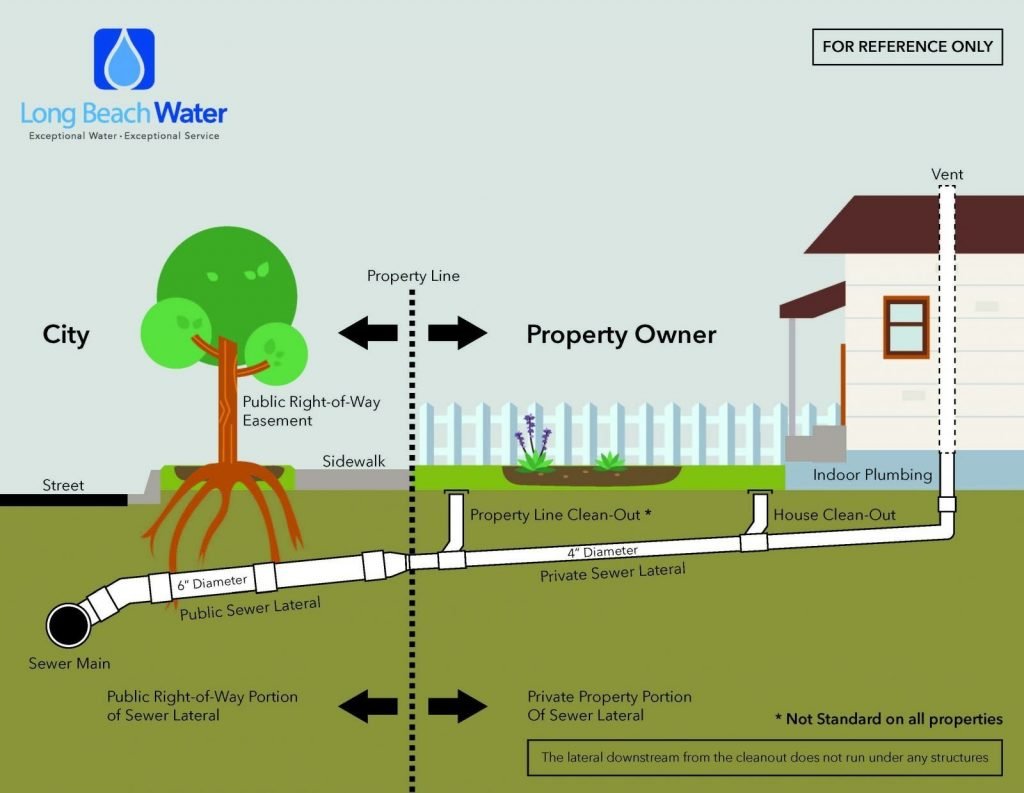
Sewer Scope Inspection Preparation Advice from the Experts
1. Install a pump chamber after the septic tank. The pump chamber or sometimes known as a pressure tank, or dosing tank contains the electric pump which is utilized to move the effluent from place to place, and eventually into the drain field for final disposal. [5] Set up the pump chamber as you would the septic tank.
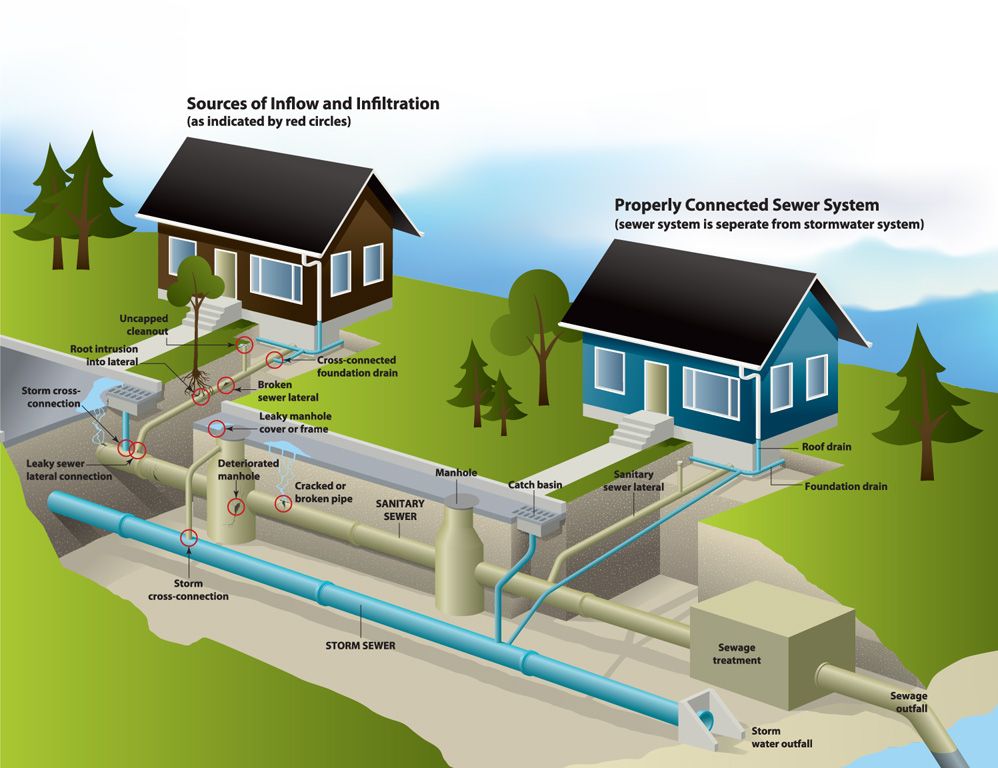
What Is The Difference Between a Septic System and A Sewer System
A septic system drain field diagram is a visual representation of the layout and components of a septic system's drain field. Understanding this diagram can provide several benefits for homeowners: Proper Maintenance: Having knowledge of the drain field diagram allows homeowners to understand the location of various components, such as the.

Town Departments
A diagram for septic tanks is essential to have when you're trying to diagnose a problem with your sewage system—trying to read a diagram, though, is a different matter. Let's walk through how to read your diagram step by step. We'll go over each part of the diagram and what each section of your system does for you.

The Sewer System Basic Info & Pressure Tests North Tahoe Public
After treatment, the system works by transferring ever-increasing quantities of water into increasingly smaller pipe networks. First, the regional pipes run many miles further than local pipes, and they can be anywhere between 8 to 144 inches wide depending on their location and purpose. These large pipes do most of the work of moving water.

Design of Sewer System Civil Engineers PK
how it works - diagram 1 Illustration. Inside the Septic Tank The middle liquid layer (effluent) then exits the tank and into the drain field. The drain-field is a shallow (covered) excavation ideally in unsaturated soil.

Diagram House Sewer System Collections Get in The Trailer
1. Drainpipe The first part of your wastewater's journey begins at the literal drain-that piece that you see at the floor of your shower or tub, or in the basin of your sink. You usually have some sort of covering on it to protect larger objects from getting washed down the drain. The pipe right at the mouth of the drain is known as the drain pipe.
Sewer Smarts and Plumbing Basics Superior, WI Official Website
Septic System Sand and Gravel Filter Bed | iStock In most urban environments, when you flush the toilet, the waste is piped out to a sewage treatment plant. That plant treats and separates the waste into water that's clean enough to be discharged into a river and into solids called residual waste.
How the Sewer Works DMMWRA, IA
A typical system consists of a waste pipe from the house, a large concrete, fiberglass, or plastic septic tank, and a leach field. The most common type of leach field consists of a series of perforated distribution pipes, each set in a gravel-filled absorption trench.
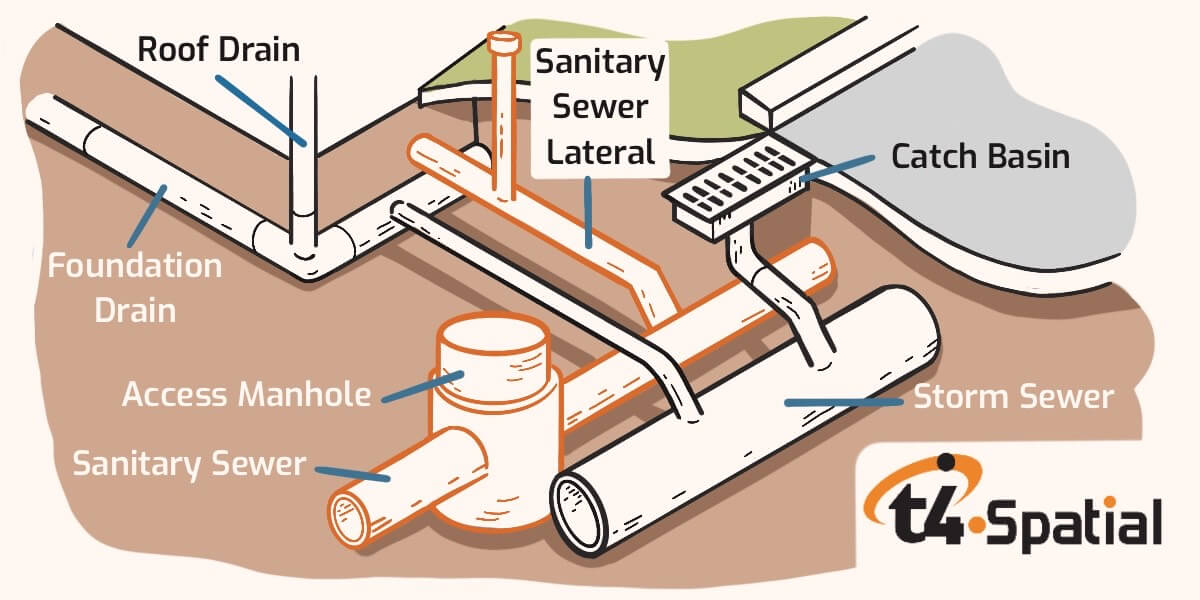
The Three Types of Sewer Systems and How They Work t4 Spatial
In this article, we will look at one of inner workings of sewer systems so that you can understand how they handle the billions of gallons of wastewater that the world produces every day! Contents Why Do We Need a Sewer System? Private Treatment: The Septic Tank Urban Wastewater Systems Measuring the Effectiveness of a Treatment Plant
City of Cranbrook Storm Sewer System Flooding Information Public
Planning and installing a system that's quite, efficient, and leak free is something of an art Interested in the plumbing blueprint of your home? Check out this Roto-Rooter info-graphic that details plumbing blueprints of an average home.
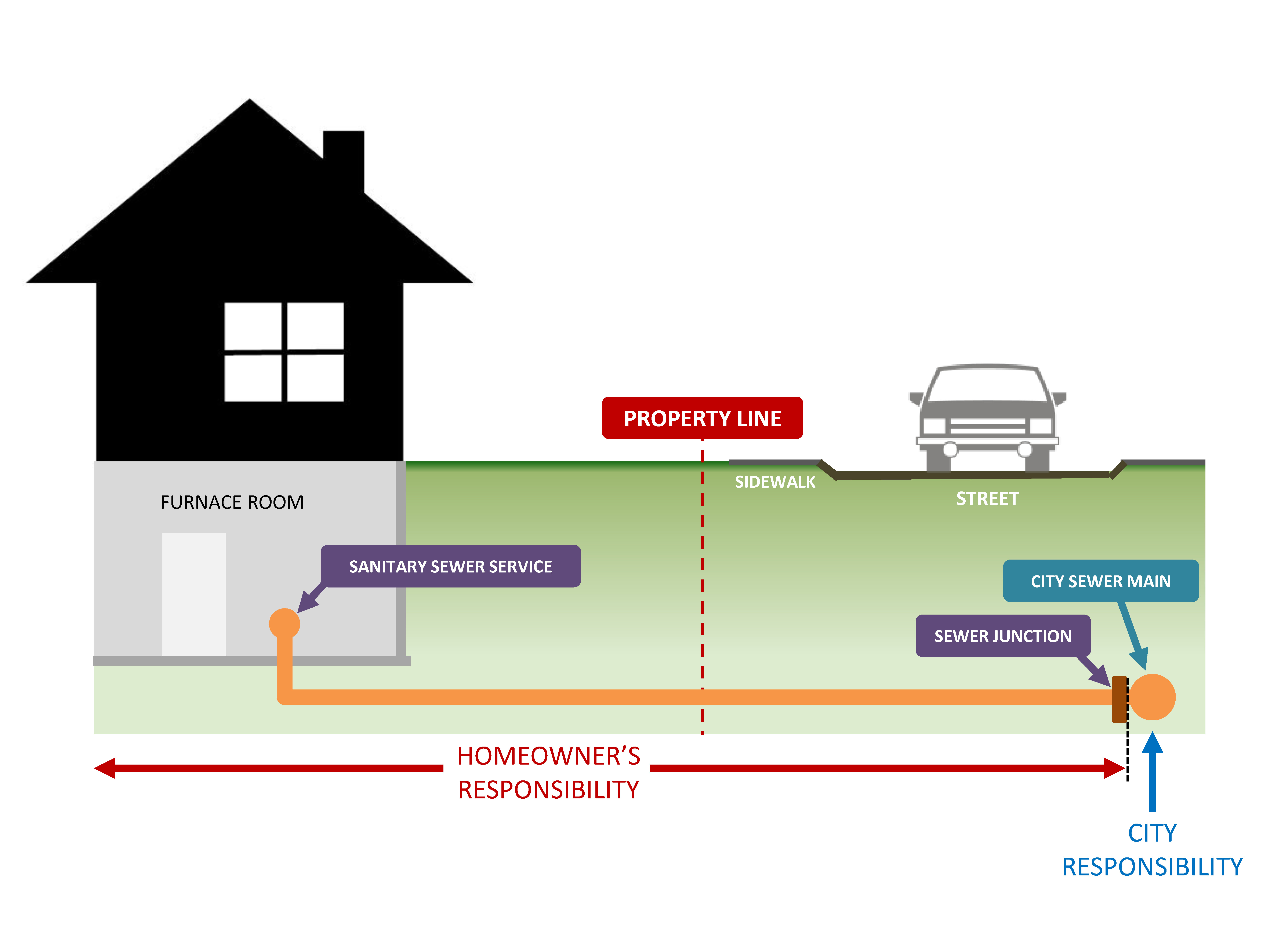
Property Owner Responsibilities
The sewer main in a large area is usually 3 to 5 feet in diameter, with the pipes from each house being about 6 to 12 inches in diameter on average. Sewer main infrastructure In every sewer.